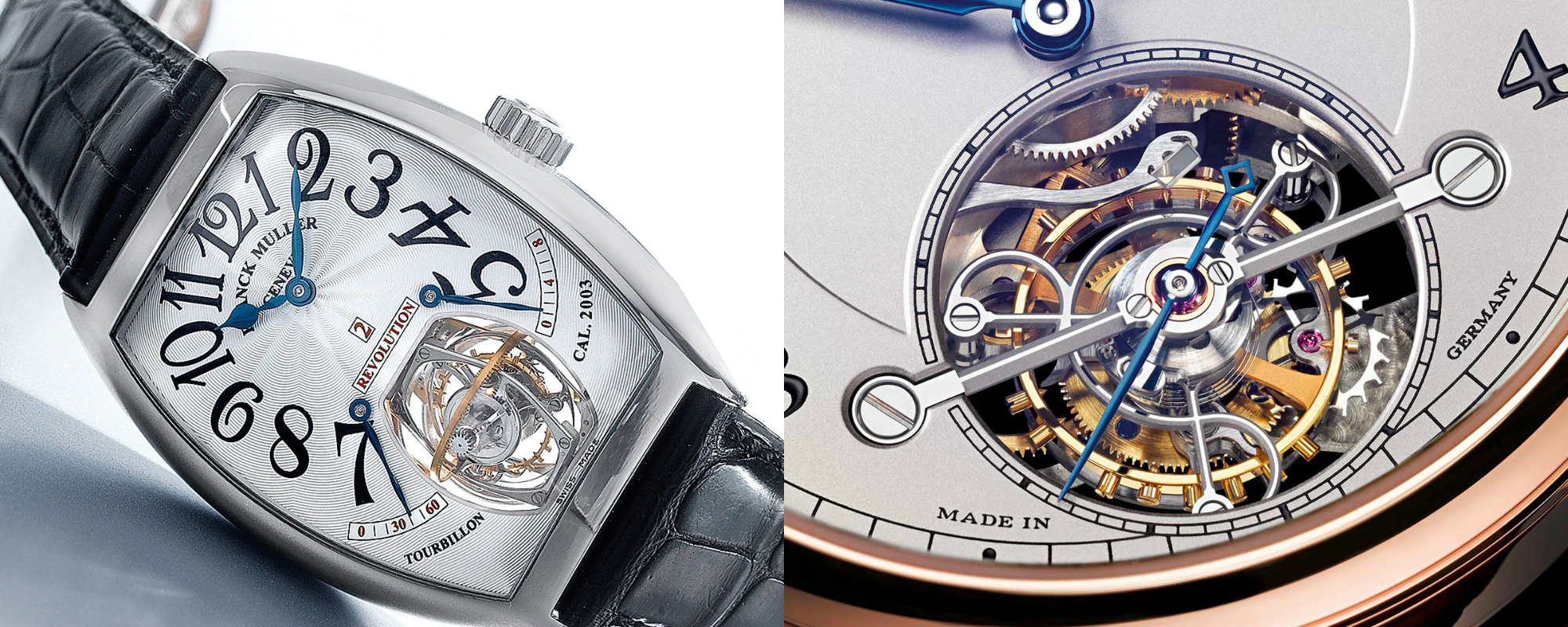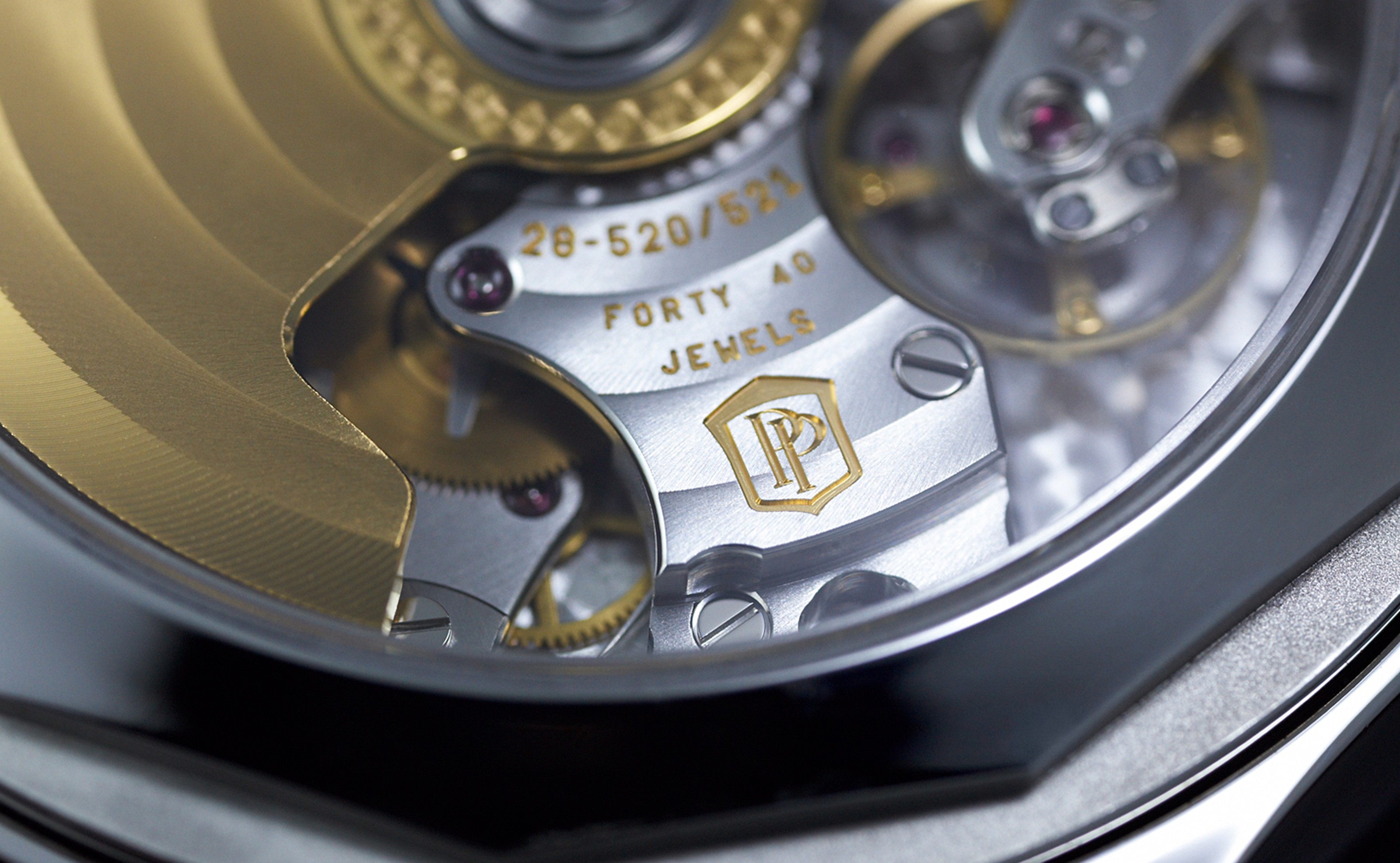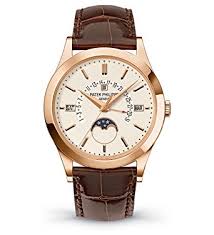It swept into the watchmaking world like a whirlwind after the era of sundials, hourglasses, and water clocks had faded, ushering in a new age of precision where every second counted. We’re talking about the tourbillon — a groundbreaking invention by French watchmaker Abraham-Louis Breguet, patented in 1801.
His goal was to compensate for the effects of Earth’s gravity on a watch's isochronism — the consistent oscillation of the balance wheel. By counteracting the force of gravity, which caused imbalances when watches were kept in vertical positions, he sought to enhance timekeeping precision.
The French word tourbillon means “whirlwind” — a perfect metaphor for a mechanism that continuously rotates the balance wheel, hairspring, and escapement. It’s mesmerizing to watch a tourbillon in action: the tiny cage spinning on its axis, creating hypnotic movement.
While a tourbillon may not offer practical benefits for modern wristwatches, which constantly shift position during wear, it remains a hallmark of horological virtuosity.
⚙️ How the Tourbillon Works
Since its debut at the turn of the 19th century, the tourbillon has evolved from an obscure curiosity to a prestigious complication in haute horlogerie.
It’s built around a rotating carriage (or cage), which contains the escapement and balance wheel. The carriage makes a full rotation (usually every minute), constantly shifting the balance’s position relative to gravity — thereby averaging out its influence.
Breguet initially designed the tourbillon for pocket watches, which mostly rested vertically. However, later it became clear that the mechanism couldn’t completely “trick” gravity — and was unnecessary for table or wall clocks.
🔁 From Carousels to Flying Marvels
In 1895, Danish watchmaker Bahne Bonniksen introduced a variation known as the carrousel — a simpler, yet visually compelling alternative to the tourbillon. It took 52 minutes and 30 seconds to complete a full rotation.
The next evolution came in 1927, when German master Alfred Helwig introduced the flying tourbillon — a design that eliminated the upper bridge, making the tourbillon appear to float freely in space. This technical and aesthetic marvel marked a milestone in horological innovation.
✨ The 1986 Revival
Tourbillon’s popularity in wristwatches skyrocketed after Audemars Piguet unveiled a breakthrough model in 1986. It featured an ultra-thin automatic movement, a titanium tourbillon cage, and an overall thickness of just 2.7 mm.
Its most striking feature? A tourbillon window positioned at 11 o'clock — an unconventional and bold placement that caught the eye. The design combined technical mastery with fashion-forward aesthetics.
In 1990, Blancpain raised the bar with its iconic 1735 model, combining a tourbillon, perpetual calendar, moon phase, minute repeater, and split-seconds chronograph. Soon, other luxury brands followed: Jaeger-LeCoultre, Omega, Girard-Perregaux, Patek Philippe, and more.
💎 The Tourbillon in the 21st Century
In the new millennium, the tourbillon became more about aesthetics and artistry. It inspired the trend of skeletonized watches, where movements are partially or fully visible.
Tourbillons now appear in several forms:
Minute tourbillons – the most common (yet complex) variant;
Semi-minute tourbillons – rare, mostly used by Parmigiani;
Carrousels – simpler tourbillons that complete one rotation per minute and often include a minute hand.
🌀 Multi-Axis & “Mystery” Tourbillons
In 2003, Franck Muller debuted a double-axis tourbillon, featuring:
Two nested cages rotating on different planes;
One rotates every minute, the other every eight minutes;
The dial includes two additional hands (at 5 and 7 o'clock) to track rotation cycles.
In 2004, Greubel & Forsey shocked the industry with a tourbillon system featuring two double-axis tourbillons linked by a spherical differential — merging high complexity with mechanical poetry.
Tourbillons evolved further to rotate in three dimensions, with angled cages, and even bridge-free constructions, giving rise to the “mystery tourbillon”, now a specialty of Cartier.
🏆 A Symbol of Prestige
What makes the tourbillon so valuable?
Technical complexity
Use of premium materials (titanium, platinum, gold)
Extremely skilled craftsmanship
Limited editions that fuel collector demand
Exclusivity and status appeal
To own a tourbillon is to own a mechanical masterpiece — one that doesn’t just tell time, but celebrates it with elegance, tradition, and ingenuity.



